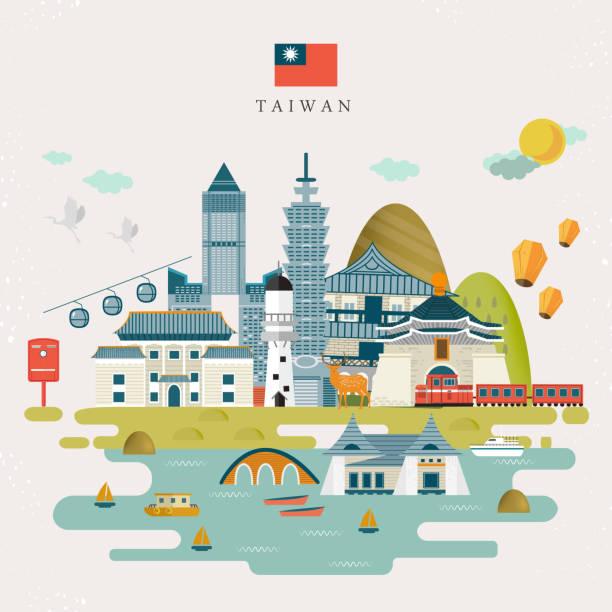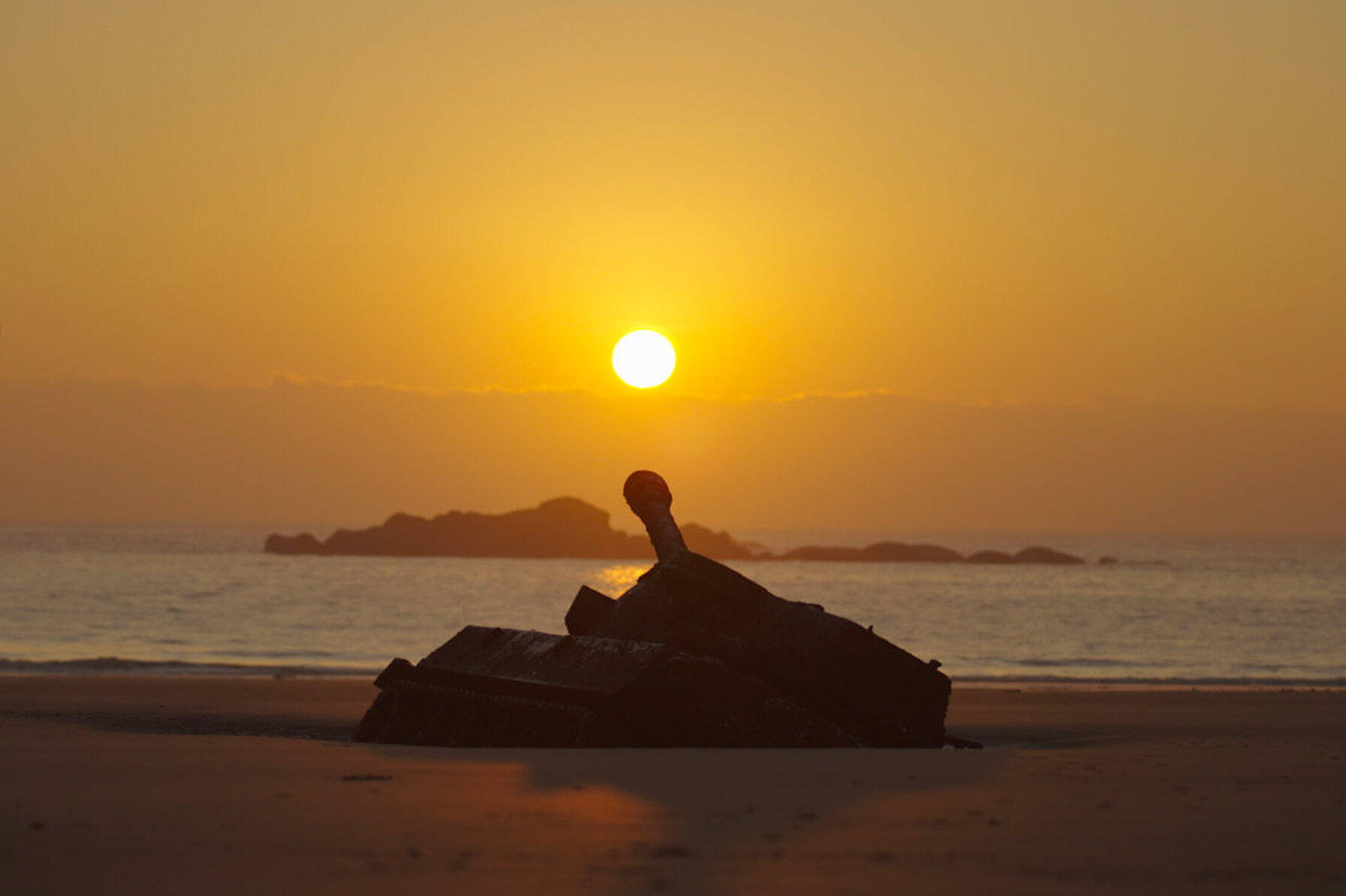My first week in Taiwan was filled to the brim with traveling, meeting new people, trying new foods, learning the basics of the language, and much more. I hardly had a free moment, but I gained a lot of experience. I also received my Chinese name: 李櫻軍 (Li Ying Jun).
My host parents have a large family with many siblings and cousins, and they seem to know everyone on the island. The first few days were packed with visits, practicing my Chinese pronunciation, and of course, eating—a lot of eating! People in Taiwan love their food. Between meals, we traveled around the island, and everywhere we went, more food awaited.
In addition to all the eating and visiting, I attended my first Rotary meeting during the exchange. I met many lovely people there, and everyone has been extremely friendly. There is only one other exchange student besides me in Kinmen, and it looks like we’ll both be staying here for the entire exchange. At the meeting, we introduced ourselves and chatted with our future host families before heading home.
I also had the chance to attend a banquet hosted by the Lions Association, an organization similar to Rotary that is very popular in Taiwan. It was an interesting experience, and I met many fascinating people from both Taiwan and Kinmen.
Although my Chinese is still at a beginner level, and the language barrier can make communication challenging, I’m making progress bit by bit.
- School
One of the most fascinating parts of my first week was starting at Kinmen National High School, one of the largest schools on the island. Foreigners are a rare sight here, so everyone stared at me. It felt a bit weird, but also funny and exciting. Everyone greets me, and when I respond in Chinese, they get incredibly excited—even if it’s just a simple answer! I’ve already made a lot of new friends and connections with people from around the school.
The school system here is very different from what I’m used to in Europe. There are many differences, from class lengths to schedule consistency, break times, lunch routines, and even how teachers interact with students.
Here’s an overview of my school schedule:
- Classes start at 8:00 AM every day.
- There are seven classes each day, each lasting 50 minutes, with 10-minute breaks in between.
Lunch is also different. While the amount of time we get for lunch is similar to Europe, students typically pick up their meals from the dining room and eat in their classrooms. The lunch itself is free for all students. After lunch, there’s a 45-minute rest period where all students are expected to sleep—something I found surprising but also interesting!
Another notable difference is how teachers engage with students. In Europe, we’re used to a more steady pace of teaching and personalized interaction. Here, teachers are full of energy in every class, addressing the whole class rather than individual students.
These are just some of the bigger differences, but there are many smaller things that completely change the school experience. Surprisingly, I’ve really enjoyed school so far—something I didn’t expect. I never thought school could actually be fun rather than a slow drain on your soul!
- The Food
You’re probably curious about the food here. As I mentioned before, it’s completely different from European cuisine. The combination of flavors, side dishes, and the sheer variety of ingredients make every meal feel like a new adventure.
- Breakfast
Breakfast usually includes eggs and bread buns. A common dish here is a hard-boiled egg, served cold—quite different from what I’m used to. Omelettes or egg rolls are also popular. Bread isn’t as common, and when it is served, it’s usually in the form of sweet buns.
- Lunch
School lunches look somewhat similar to what I’m used to, but don’t be fooled! Lunch is still a substantial meal, but unlike Europe, where soups are common, the focus here is on a variety of dishes and ingredients. Popular lunch foods include rice, dumplings, fried meat, tofu, vegetable salads, noodles, and hot pots.
- Dinner
Dinner is the main meal of the day and is treated like a family bonding ritual. It usually consists of 4 to 10 different dishes, and everyone serves themselves from the shared plates. Like lunch, dinner is colorful and offers a wide range of flavors. Common dishes include soups, salads, tofu, fried meat, seafood, and dumplings. We often have dinner at my host grandparents’ house, where the whole family gathers together.
For people in Taiwan and much of Asia, food is more than just sustenance—it’s a ritual. Sharing meals with locals is an incredible way to connect and get to know people on a deeper level.
(Bonus fact: Burping, coughing, and even farting at the table aren’t considered taboo here as they are in Europe, so don’t be surprised when it happens during meals!)
- Summary
So far, living in Kinmen has been an exciting experience. The culture here is different from what I expected, and it does feel distinct from Taiwan’s mainland culture, but the people are incredibly kind and friendly, and the food is amazing. There’s still so much to explore.
Thanks again to all the readers and everyone supporting me on this journey. I’d love to hear your comments, and I’m looking forward to sharing more stories in the next article!
謝謝和baibai (Xie xie hé bai bai)

